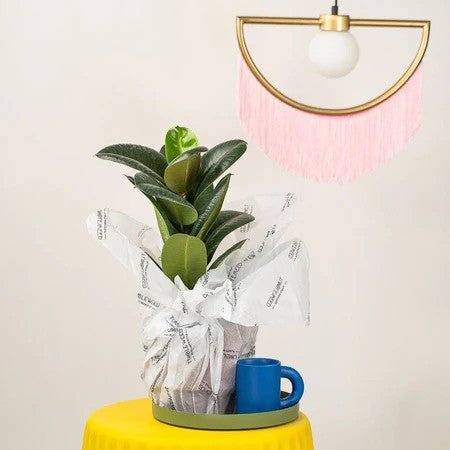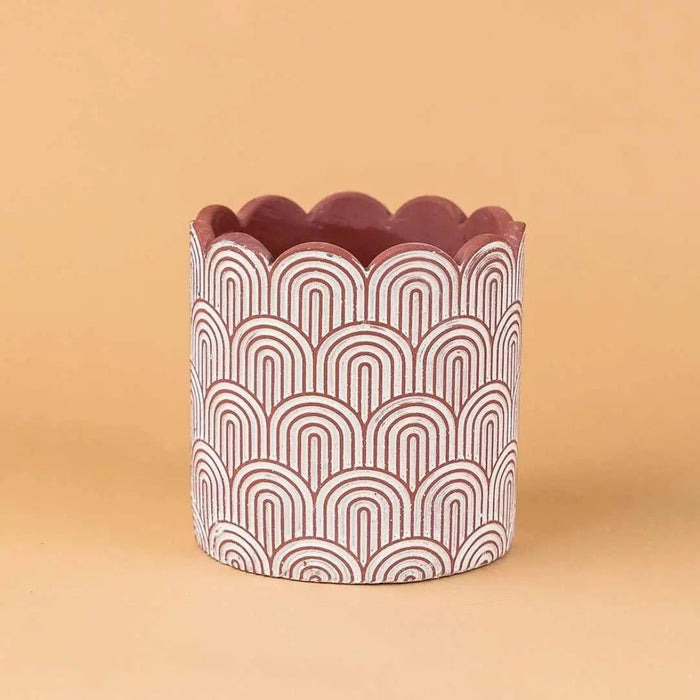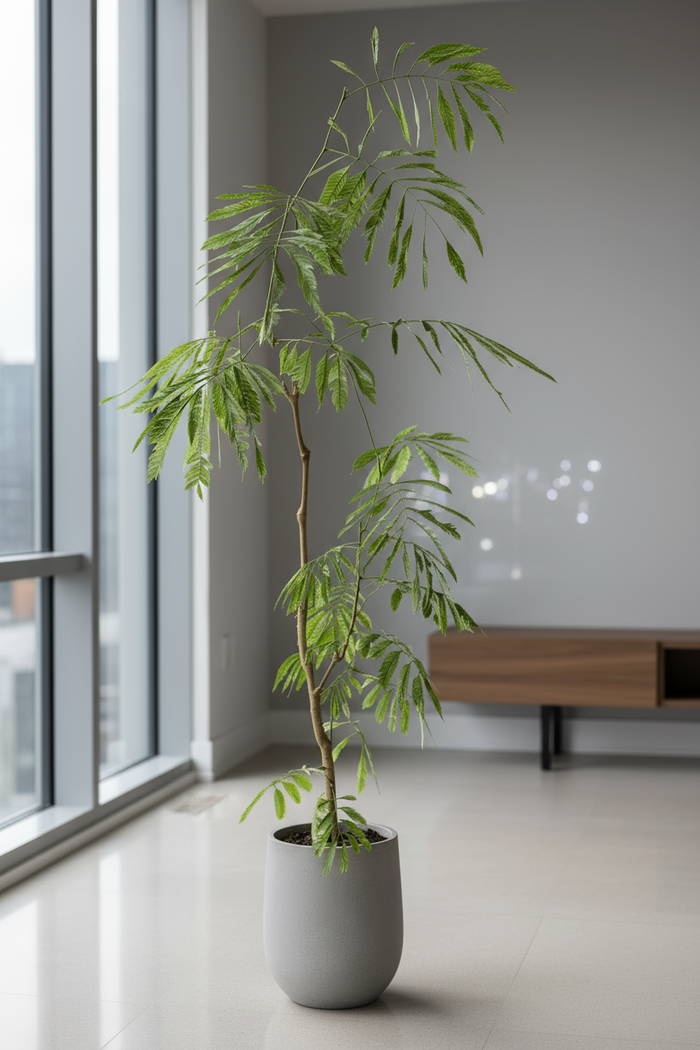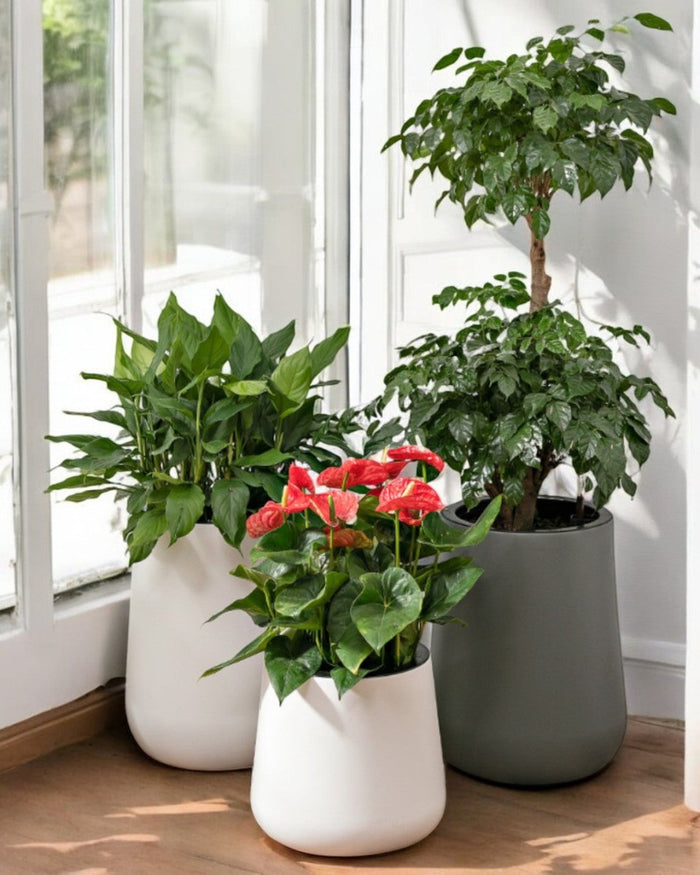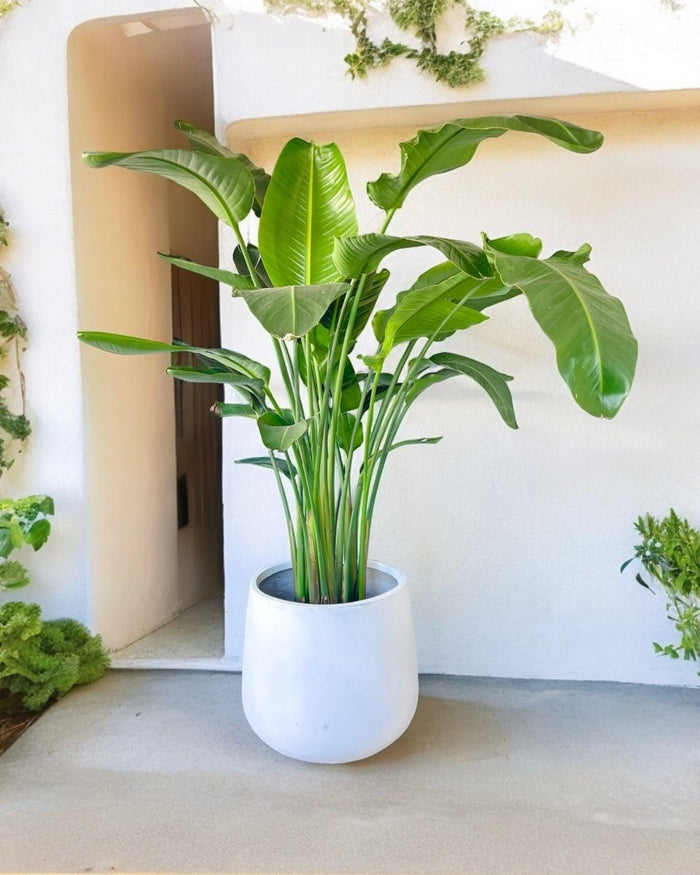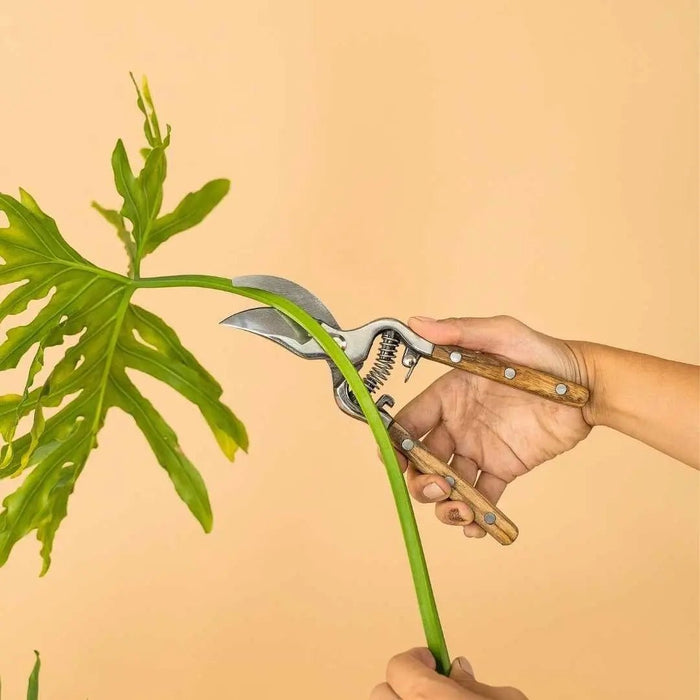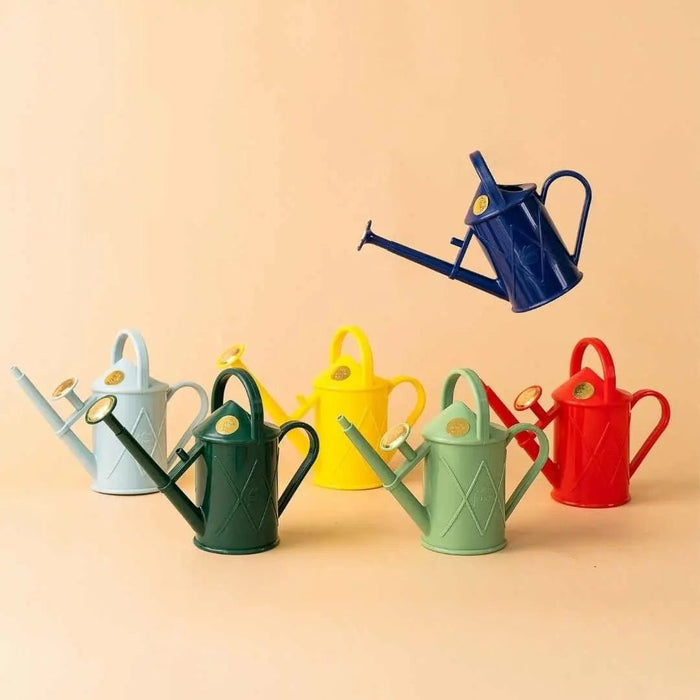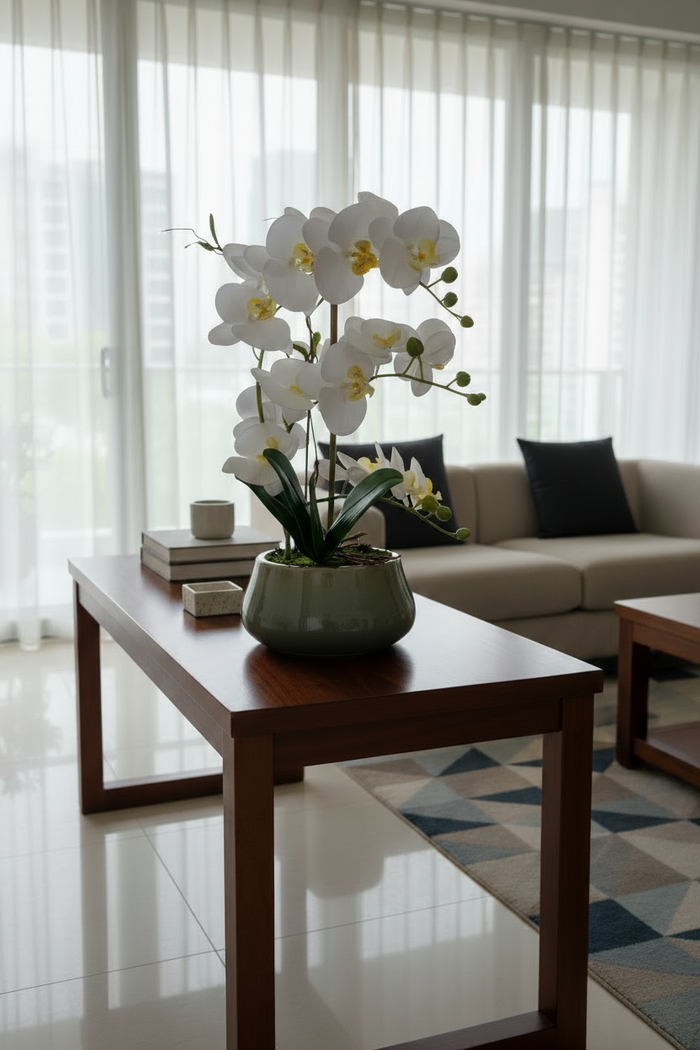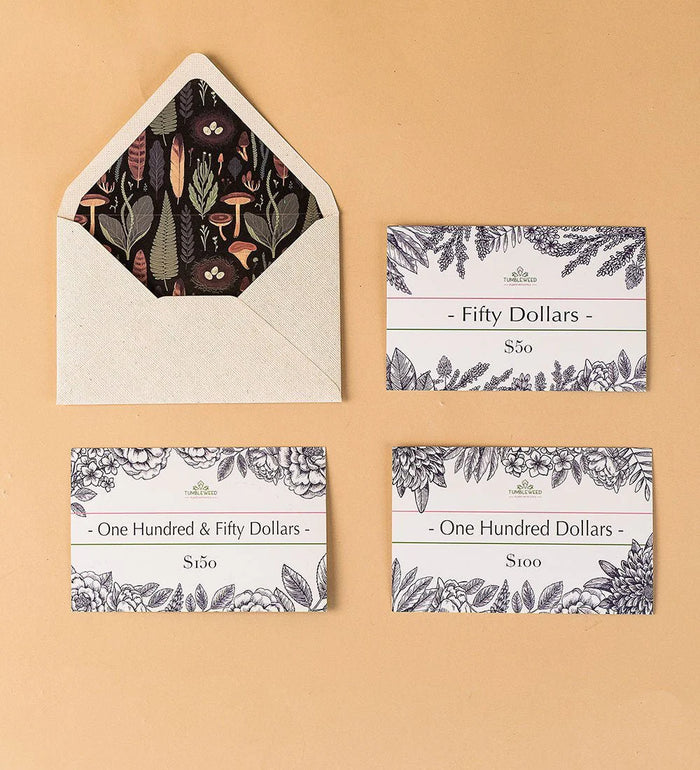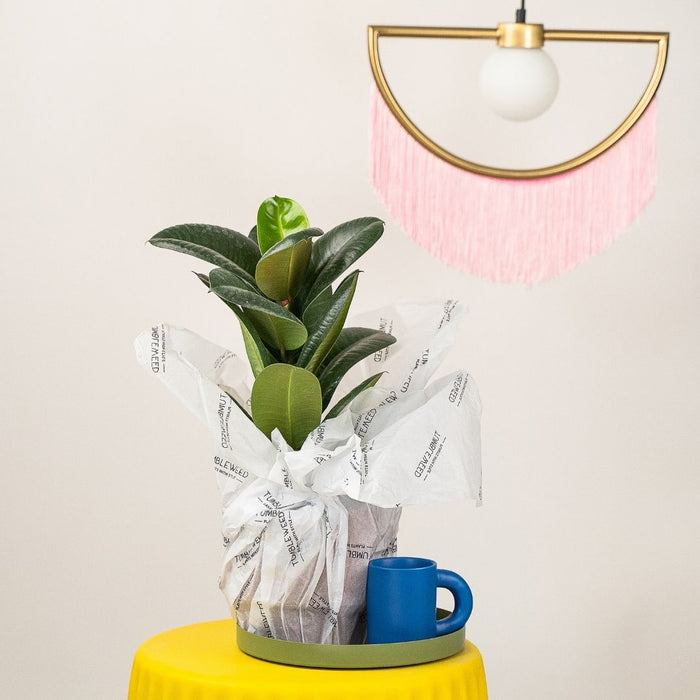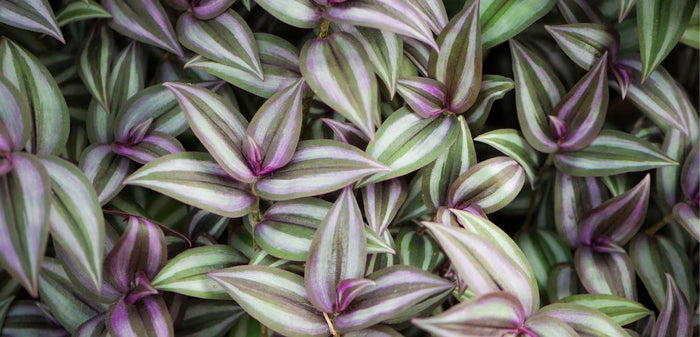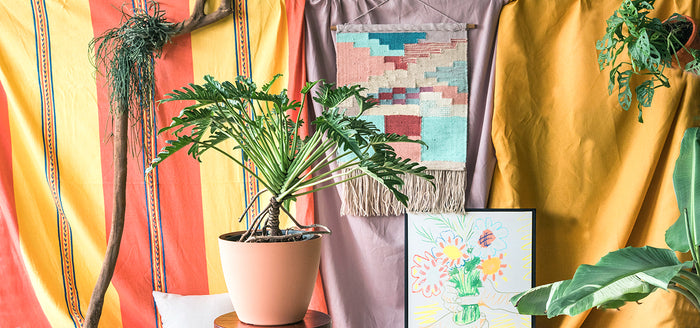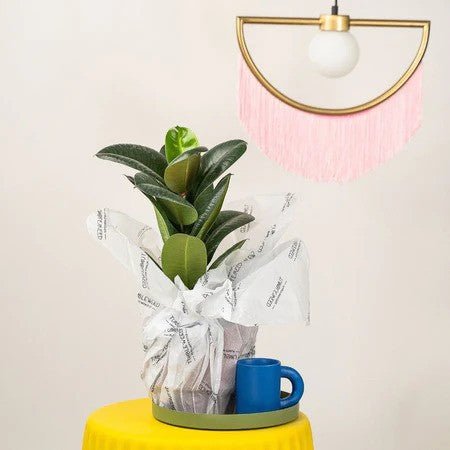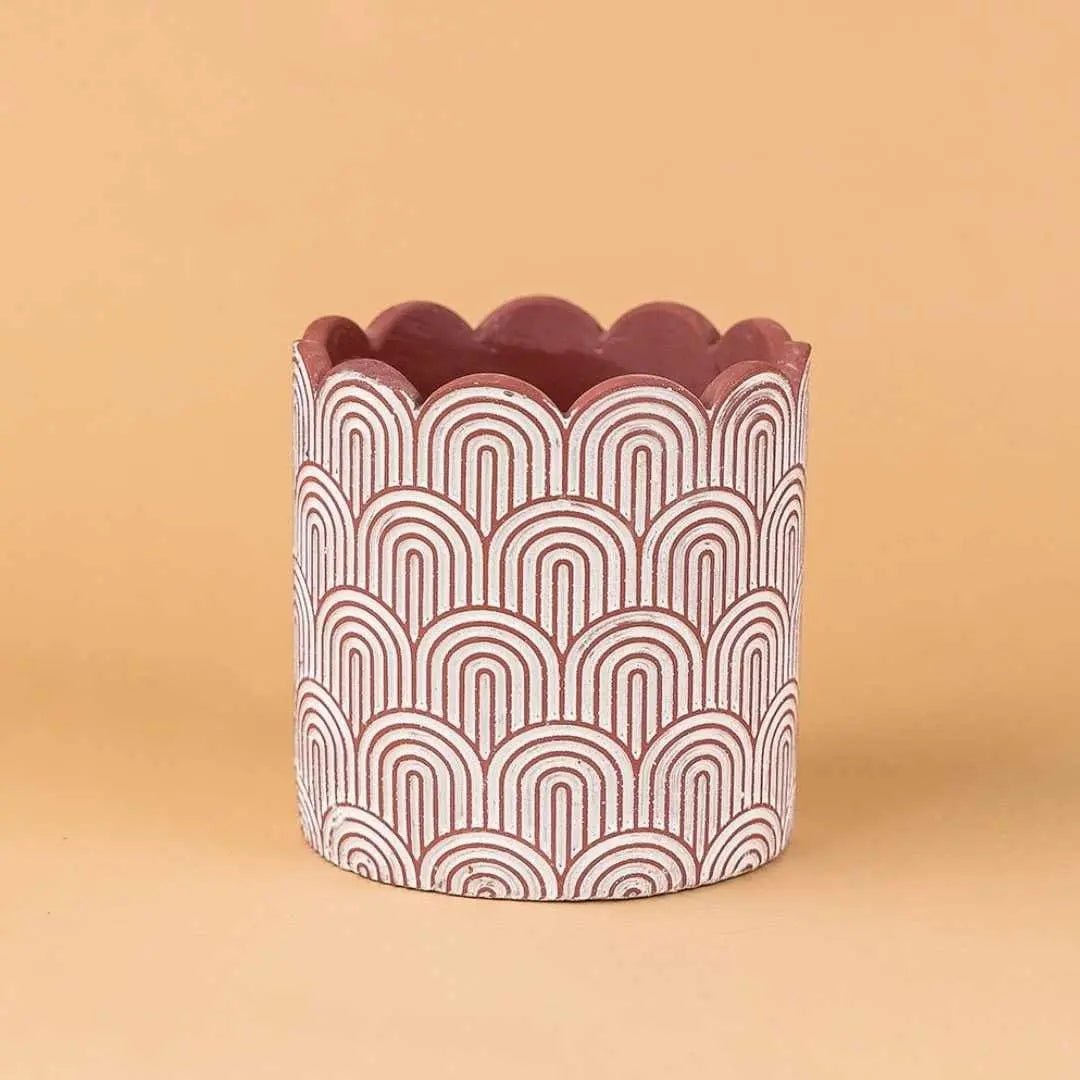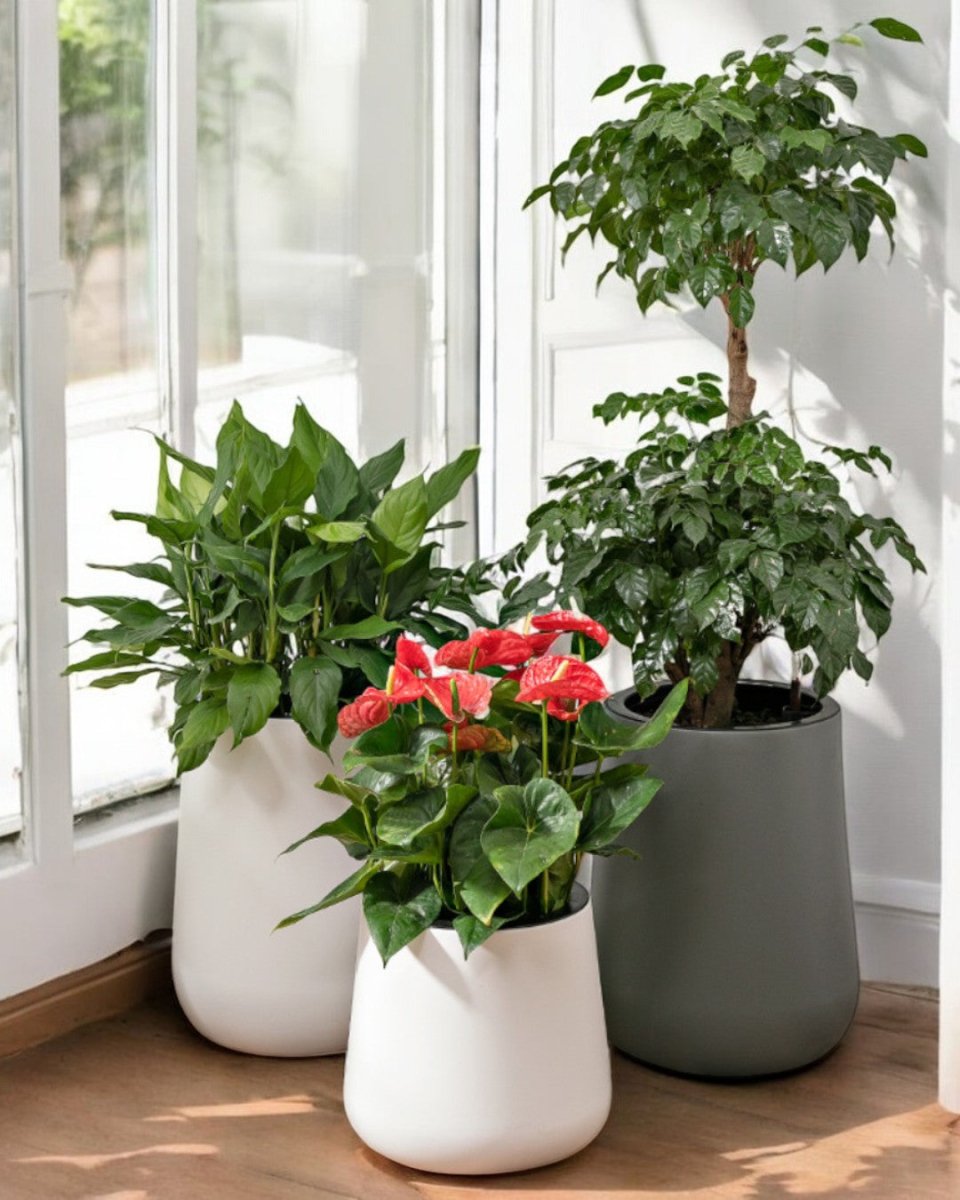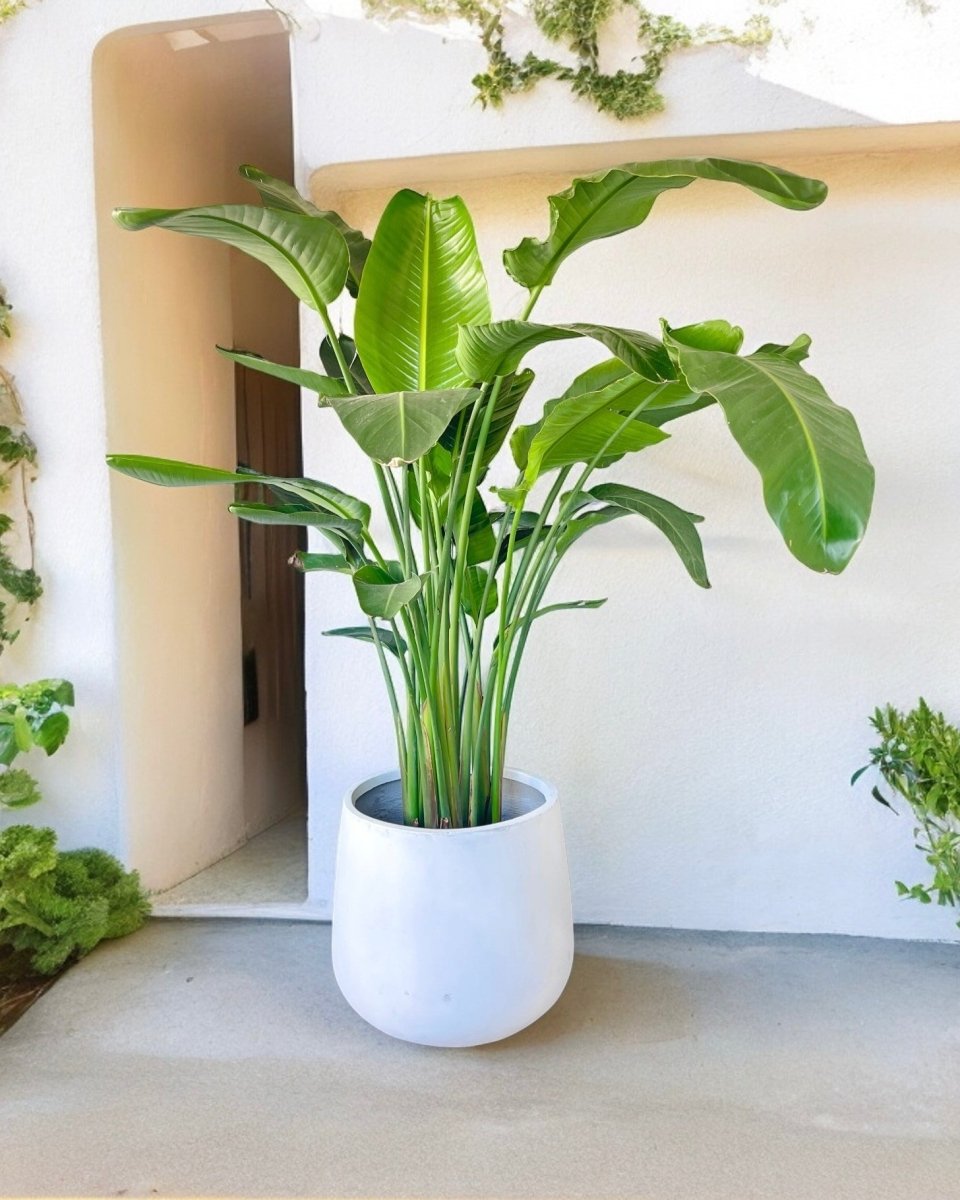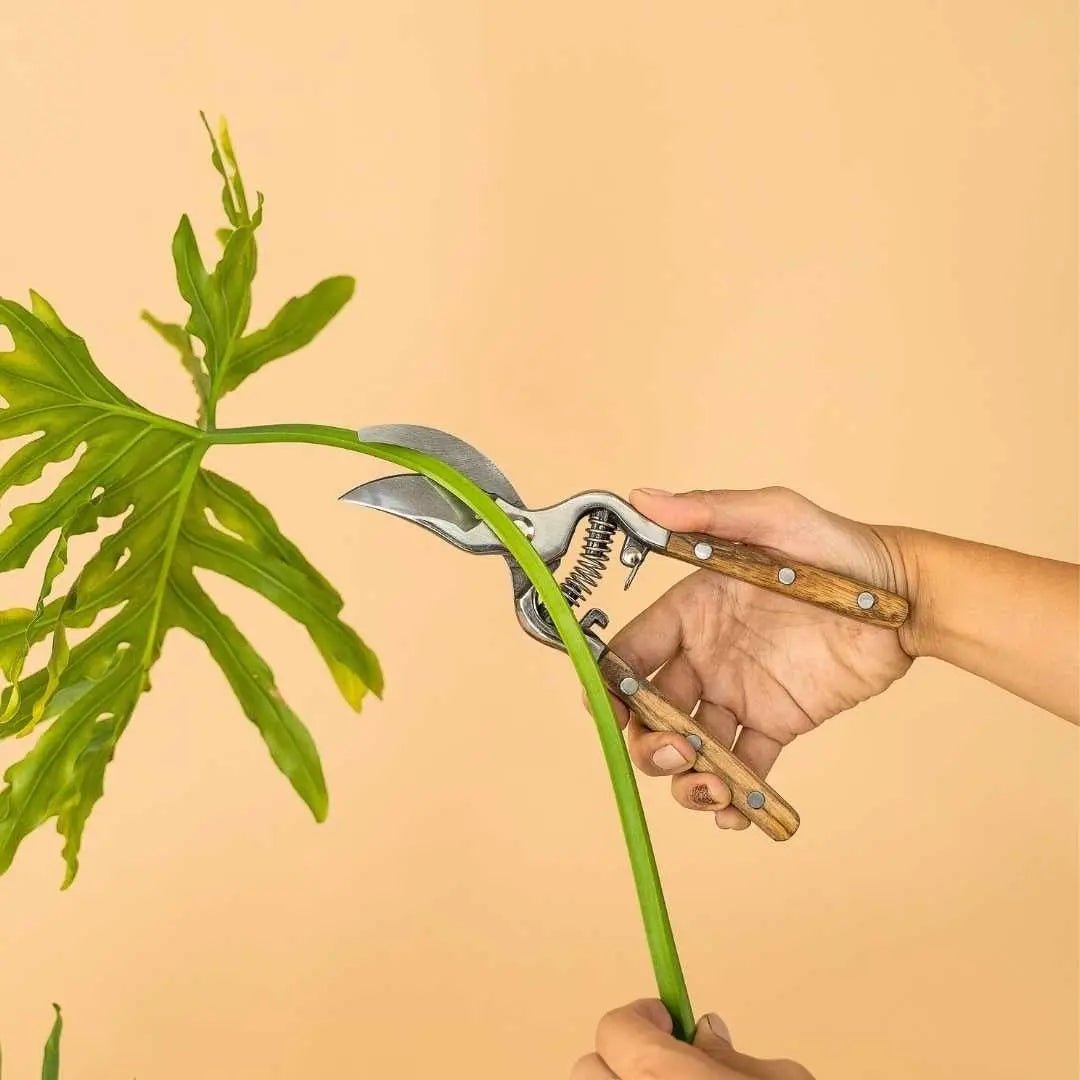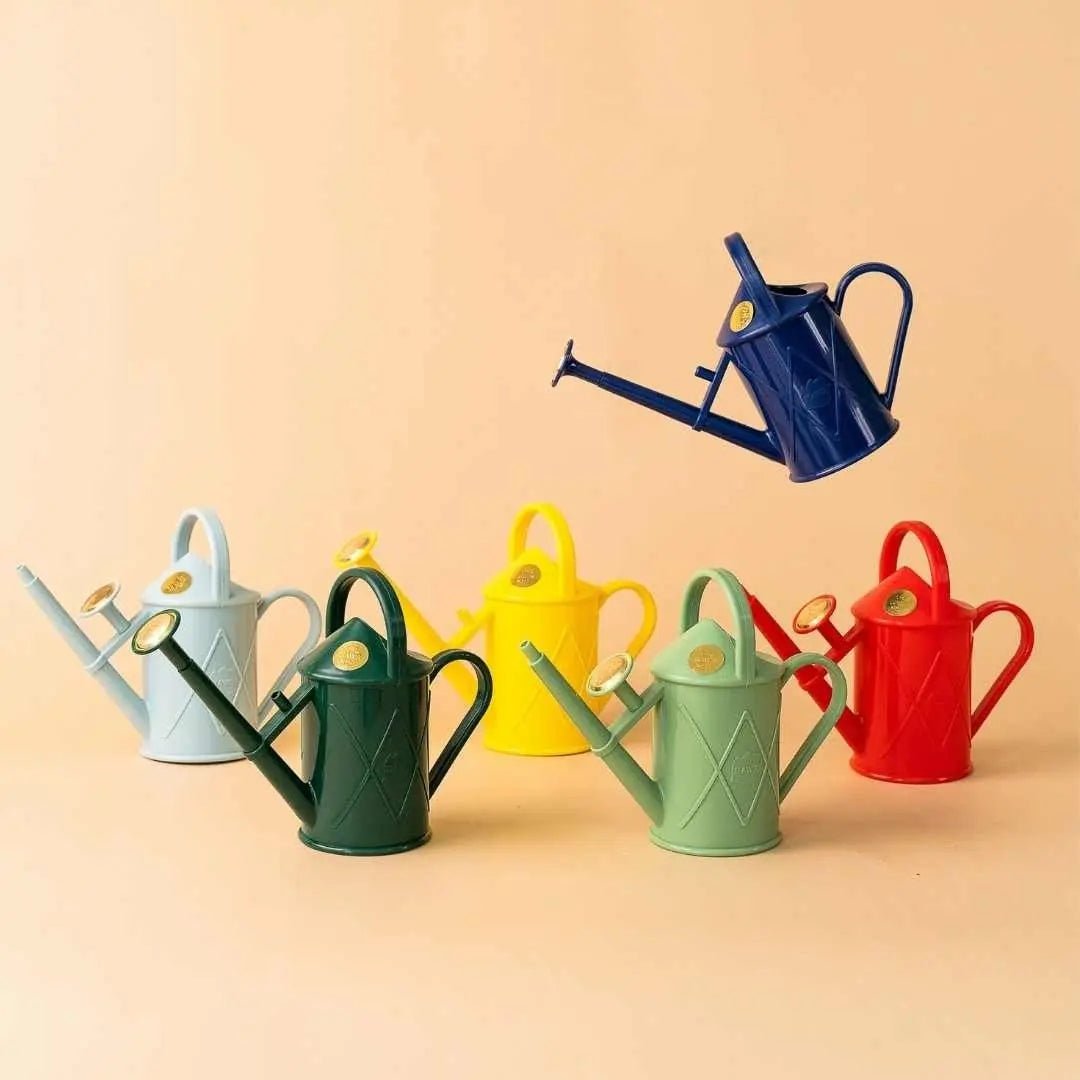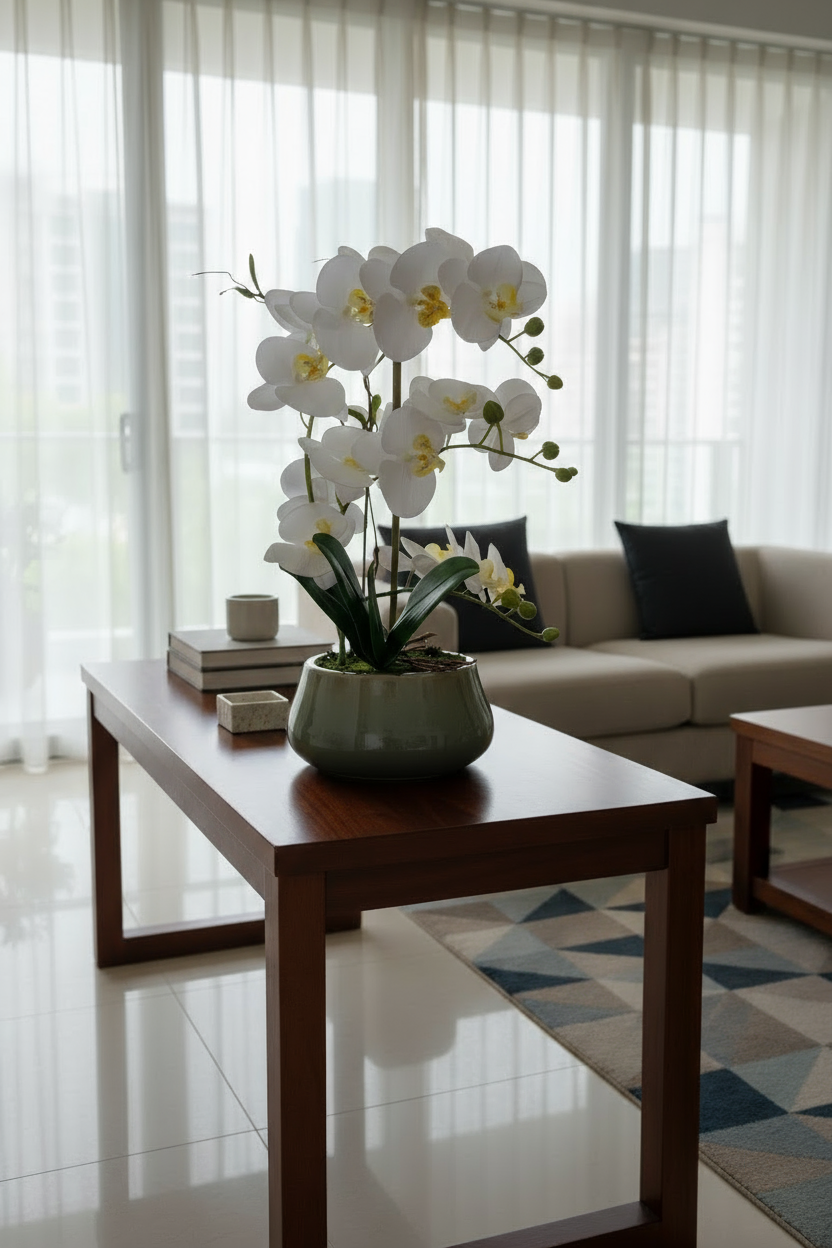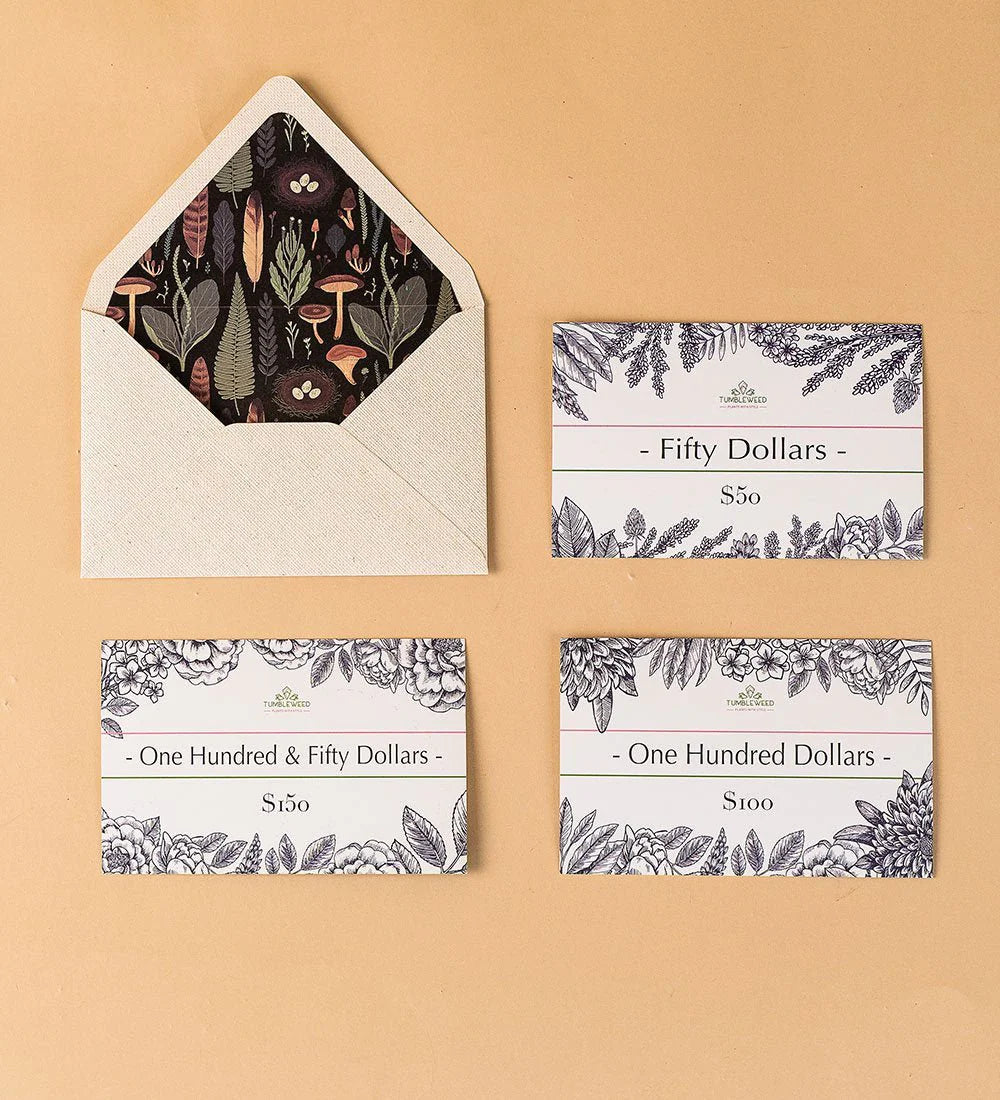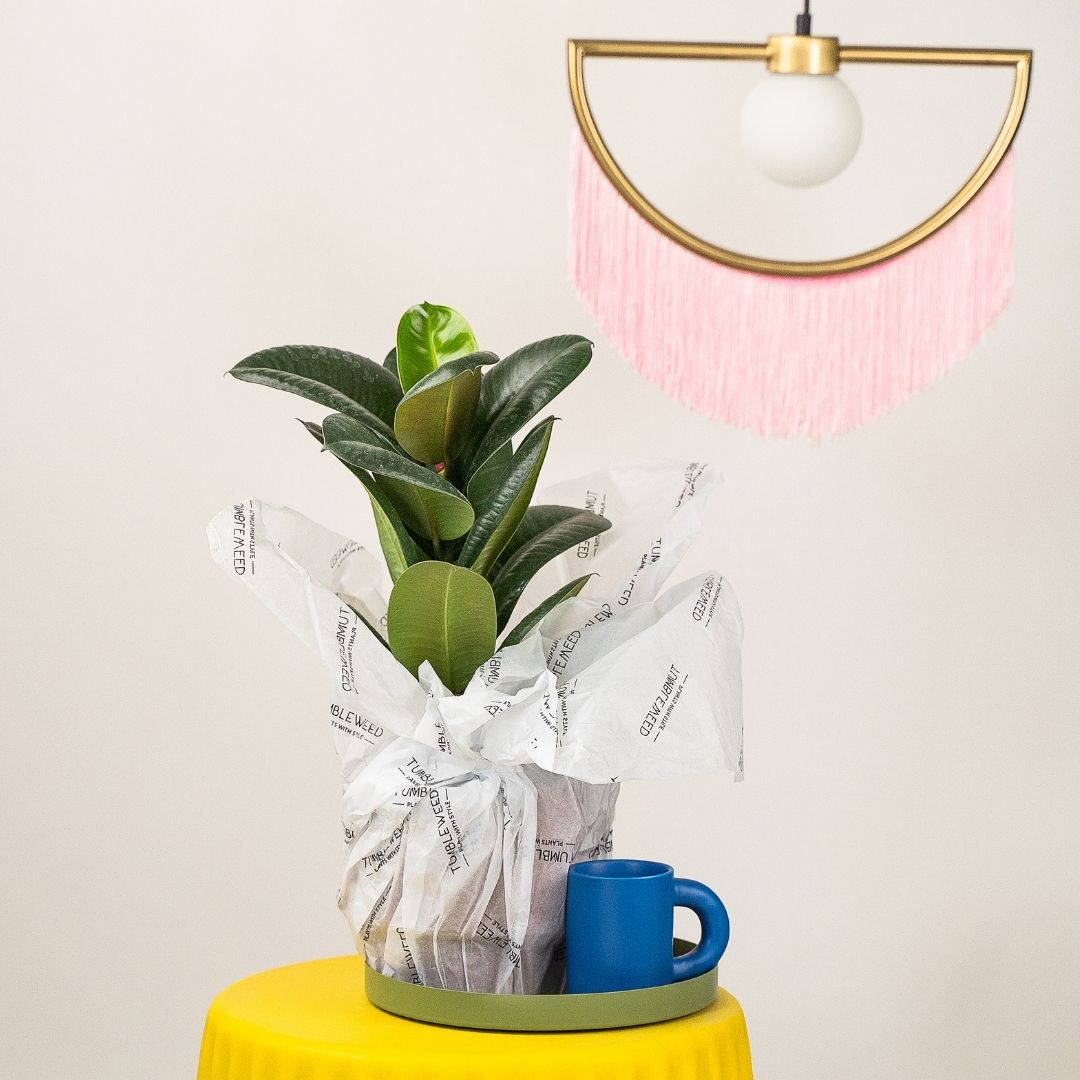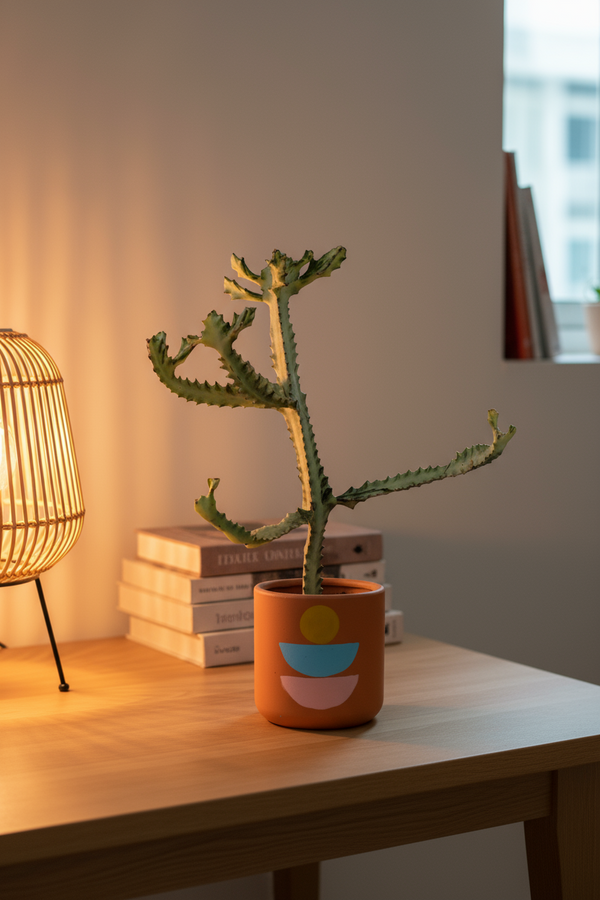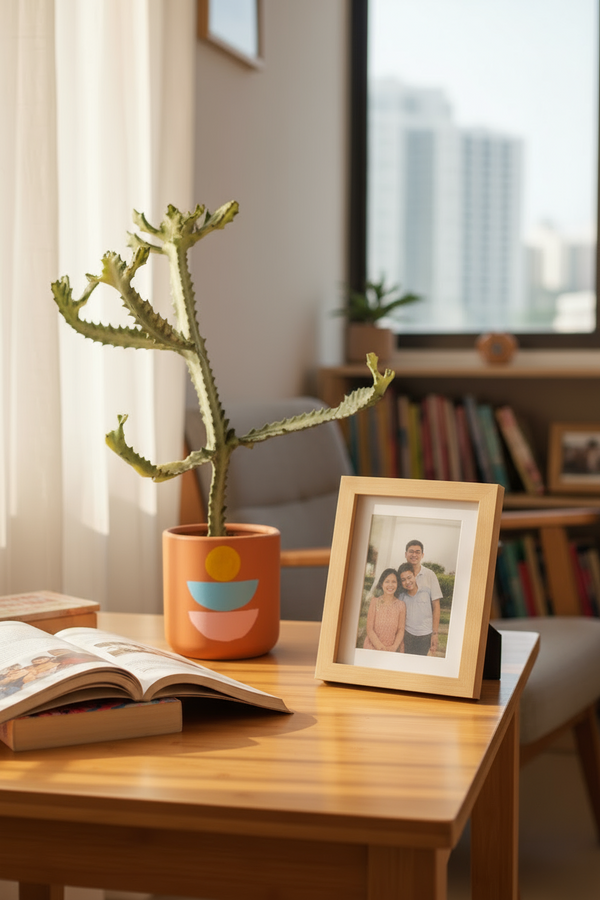Although its genus is split into both cacti and succulents, Euphorbias are also popular options for easy care plants with interesting appearances. They come in a myriad of shapes, colours and silhouette which is the perfect way to spruce up a space without any foliage.
Search plants, planters, garden accessories and more.
-
Sale
-
Plants
-
Pots
-
Care
-
Decor
-
Gifts
-
Services
-
Business
Free Delivery Above $99 | Shop Now
What's New
-
 Year End Sale: Up to 50% off→
Year End Sale: Up to 50% off→ -
 🎁 Corporate Gifts! 🎁→
🎁 Corporate Gifts! 🎁→ -
 Transform your space with our Plant Styling Services!→
Transform your space with our Plant Styling Services!→ -
 Low Light Corner?→
Low Light Corner?→ -
 Login to Earn & Redeem Points!→
Login to Earn & Redeem Points!→ -
 🎉 Making buying plants easy! 🎉→
🎉 Making buying plants easy! 🎉→

Year End Sale: Up to 50% off
Upgrade your decor now! Automatic tiered discounts mean bigger savings on plants, planters & more. Watch your progress bar fill up as you shop! Sale ends soon. 🌱
Also don't miss out on our free XL Everfresh giveaway, auto enrolled when you make a purchase with us.
Shop Plants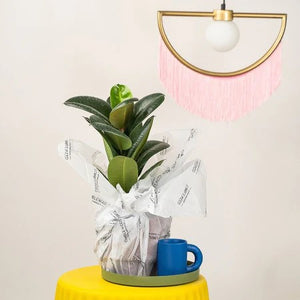
🎁 Corporate Gifts! 🎁
Planning corporate gifts for the festive season? Make a lasting impression with our premium plant gifts! Perfect for clients, partners, or employees, our curated selection of plants is both meaningful and elegant. Choose from a variety of options that fit any budget. Order now and ensure your corporate gifts are delivered in time for the celebrations.
Bulk Gifting
Transform your space with our Plant Styling Services!
Looking to refresh your space for the year-end festivities? Elevate your home decor with our Plant Styling service! Whether it’s a cozy corner or a grand living room, our expert tips will help you transform your space into a green oasis. Perfect for setting the holiday mood! Get inspired and start styling your space with our premium plant collections.
Start your Project
Low Light Corner?
No worries! Our Plant Lights are here to help your plants grow! Specially designed and made for houseplants.
Shop Lights
Login to Earn & Redeem Points!
Login and automatically enrol into our Rewards program, earning you points, and get exclusive deals and discount
Login Now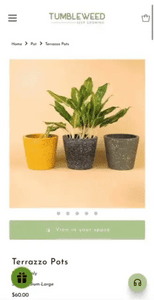
🎉 Making buying plants easy! 🎉
We have made buying plants even easier, with our customer service team, equipped to provide you with a plant recommendations. Hit us up on our chat channels to get started!
Shop NowUp to 50% off with our Year End Sale!
Free delivery above 99SGD
🎁 Free Gift Above $120

Euphorbia: Information and Plant Care Guide
Varieties from our listing
Interested to buy a plant from this group?
See what we have available HERE
Below is a general care guide for Euphorbias which can slightly differ depending on variety.
Light & Temperature
Strong light is necessary for growing healthy Euphorbias. Note that some species may scorch in full sun if they have not been accustomed to it yet.
Also, similar to cacti and succulents, they prefer hot and dry environment and should be kept away from very cold drafts. It is important to note that the temperature you keep your succulent in should be directly proportional to the amount of water it gets.
Watering, Humidity & Misting
As Euphorbias are generally drought tolerant due to their fleshy stems and leaves, you would only need to water them once every two weeks, allowing the soil to completely dry out between waterings.
Soil and Repotting
Euphorbias prefer fast-draining cacti mix with lots of drainage and aeration.
Euphorbias are generally slow-growing plants and will rarely need repotting. Repot them only when they have out-grown their pots.
Propagation
Propagating Euphorbias is typically easily done through stem cuttings. Be sure to wear gloves when handling your Euphorbia as making skin contact with its milky sap can cause skin irritations. After cutting the stem, leave the cut stem out to dry overnight before potting into fresh cacti mix. This will increase the success rate of rooting and propagating it. Rooting hormone can also be used to help speed up the rooting process. Make sure the soil is lightly moist during this process.
Fertiliser
Euphorbias do not require a special fertiliser to grow. Use a balanced fertiliser formulated for houseplants. Follow directions on the label of plant food.
Toxicity
Euphorbias are generally toxic and should be kept out of the reach of children and pets. Their milky sap is considered to be toxic and cause skin irritations to be humans and pets, make sure to wear gloves when handling.
Possible Issues
Under the right care and conditions, your plant will grow happy and healthy. But here are some issues you may encounter while caring for a Euphorbia:
Scale, mealybugs, fungus gnats and spider mites - When spotted, wash these pests off using cotton swabs and water.
Sunburn - While they love light, they can turn yellow or brown from too much direct sun. Move the euphorbia away from its light source to cool down.
White/grey powdery film - This is due to mildew which is a fungal disease. It is caused by high humidity, poor ventilation, insufficient light and/or lack of nutrients. Applying neem oil is a good way of eliminating mildew.
Root rot and fungal disease - This is due to overwatering. Err on the side of under watering as most of the time you can bring them back from dehydration without issues.
Wrinkles - This is a sign that your euphorbia is very dry and a soak-watering is necessary. After watering, be sure to empty excess water and not let it sit in water.
Handling spikes - Use leather work gloves or kitchen tongs to gently handle the spikes and to avoid the pricks.
- Regular Price
- $18.00
- Sale Price
- $18.00
- Regular Price
- $28.00
- Unit Price
- /per
- Regular Price
- $18.00
- Sale Price
- $18.00
- Regular Price
- $38.00
- Unit Price
- /per
- Regular Price
- from $25.00
- Sale Price
- from $25.00
- Regular Price
- $55.00
- Unit Price
- /per
- Regular Price
- $38.00
- Sale Price
- $38.00
- Regular Price
- $48.00
- Unit Price
- /per
TumbleweedPlants.com
Live Chat 💬
Whatsapp:+65 80561106
getintouch@tumbleweedplants.com
514 Chai Chee Lane (Office & Warehouse)
-Strictly not open to walk-in
Company
Helpful Links
Join Our Community
Join 40,000+ plant lovers and get care tips & inspiration.
About
TumbleweedPlants.com is an independent plants retail brand, established in Singapore in 2016. We make stylish indoor plants easy and accessible to all with great looking houseplant varieties, the biggest selection of planters and indoor plant care essentials delivered to your door.
Shop with confidence from the Best Plant Home Decor Online Store Today!

